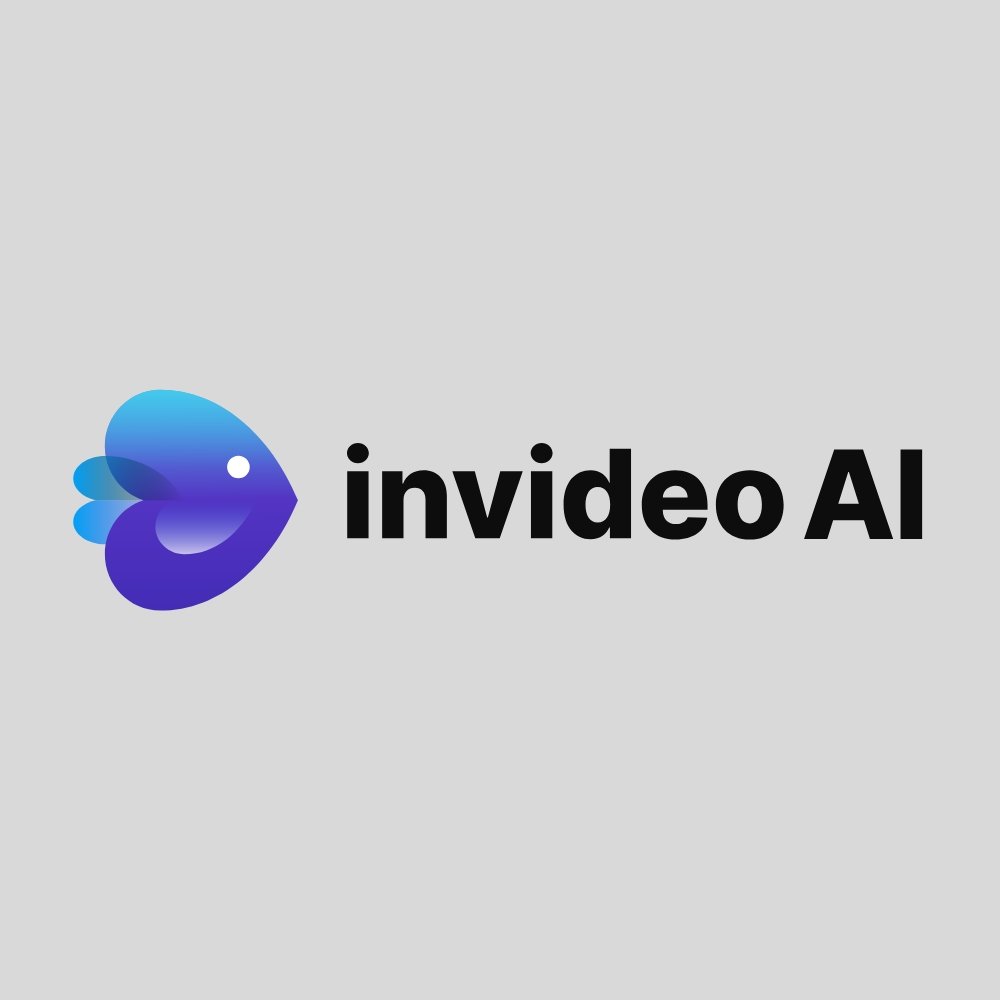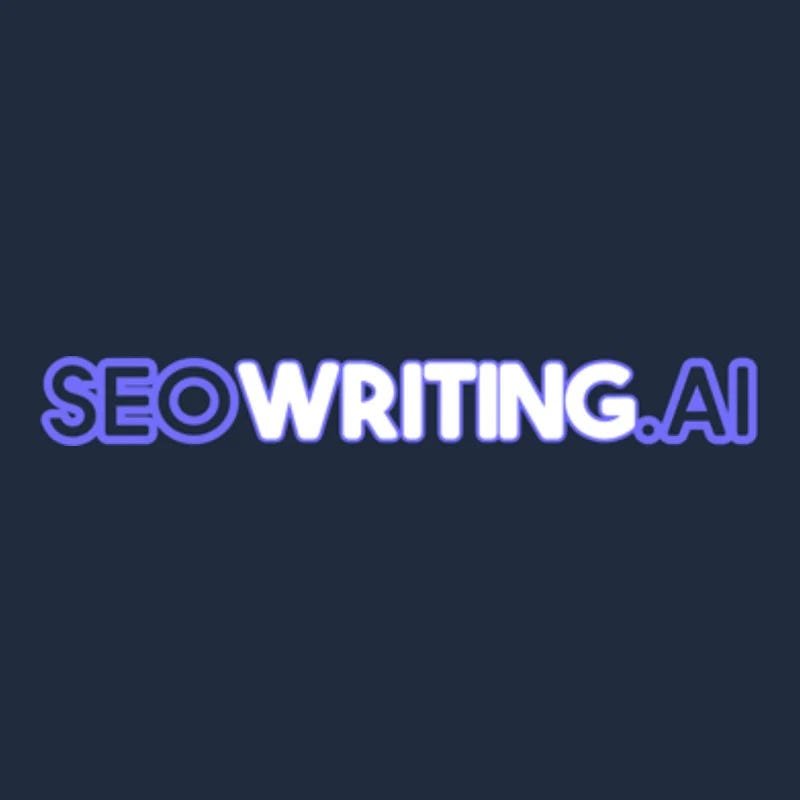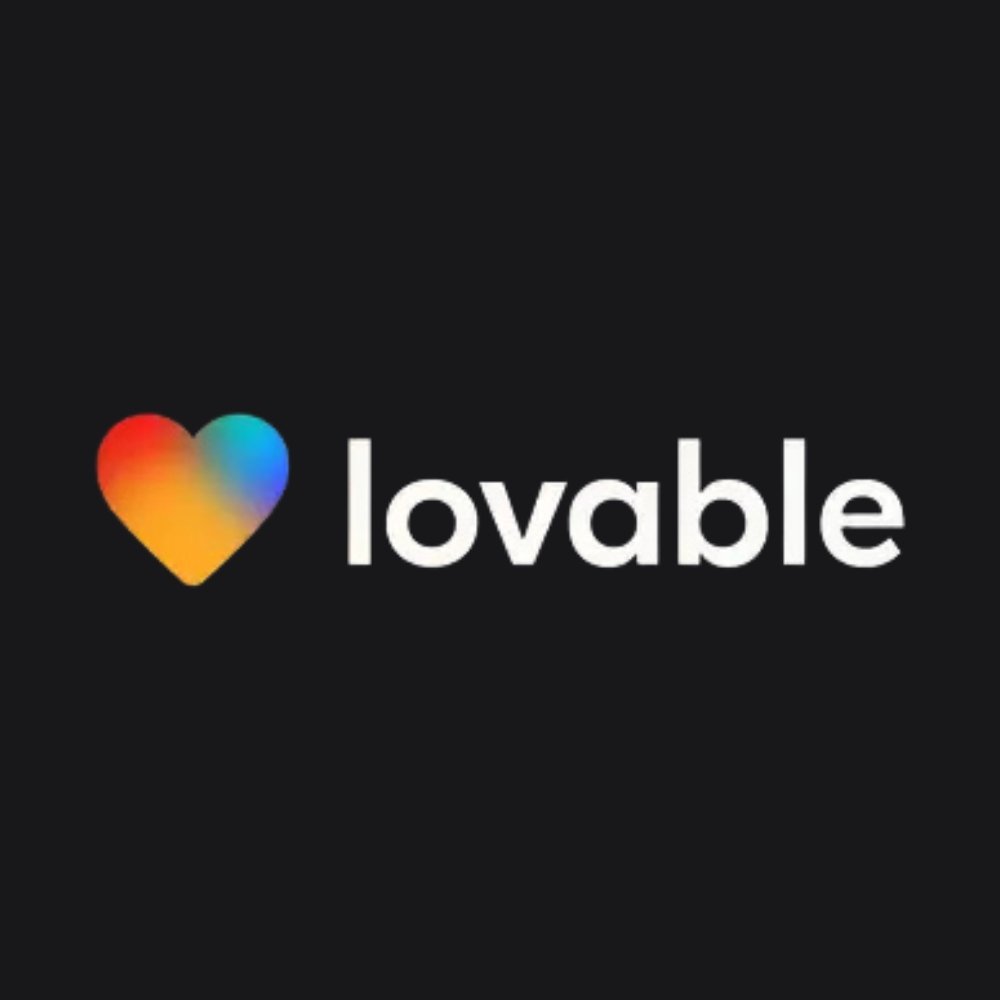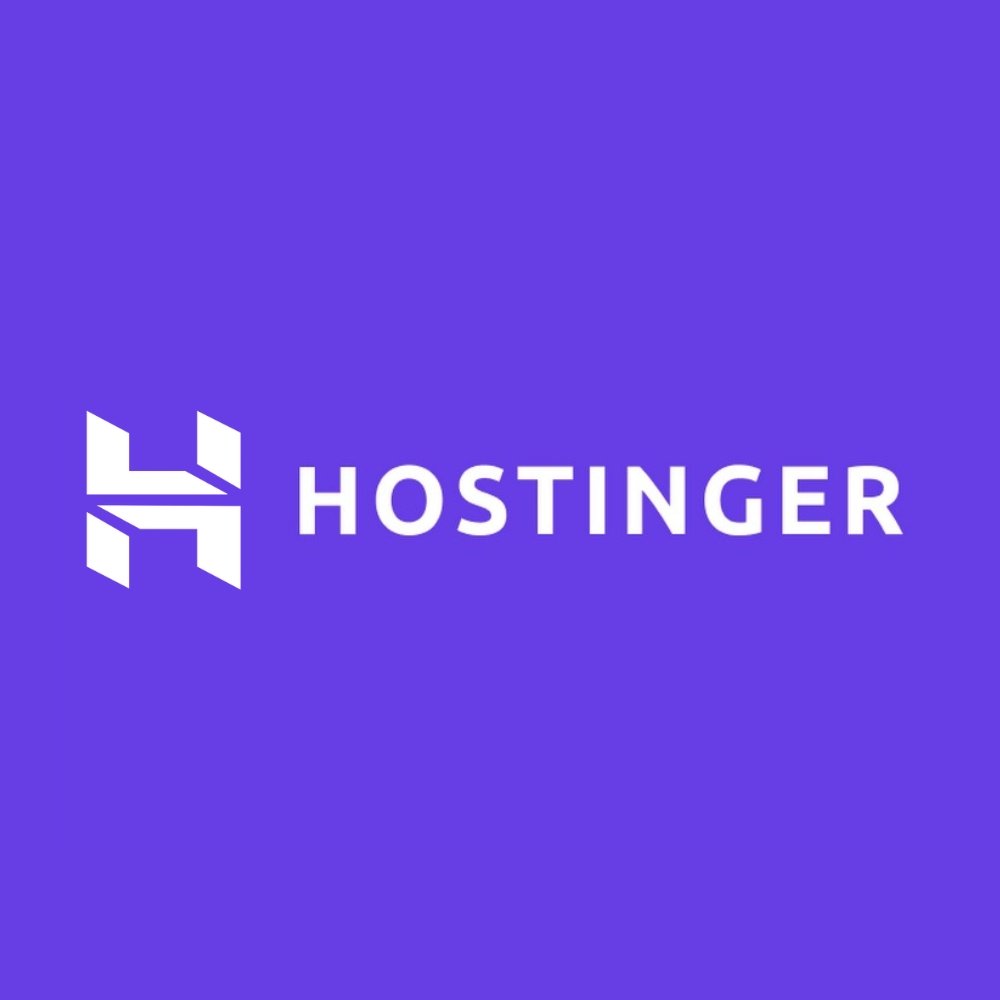The convergence of artificial intelligence and blockchain technology represents one of the most exciting developments in the digital landscape.
While each technology has already transformed various industries independently, their combination promises to unlock unprecedented possibilities.
For those exploring AI tools and their applications, understanding how blockchain can enhance and secure AI systems opens up a world of innovation worth exploring.
Understanding the Basics
What Makes AI Special
Artificial intelligence has become an integral part of daily digital experiences. From chatbots that answer customer questions to recommendation systems that suggest the next movie to watch, AI tools process vast amounts of data to make intelligent decisions.
Machine learning algorithms learn from patterns, natural language processing enables computers to understand human speech, and computer vision allows systems to interpret images and videos.
The power of AI lies in its ability to automate complex tasks, identify patterns humans might miss, and continuously improve through learning. However, AI systems face significant challenges around data quality, transparency, and trust. Users often wonder how AI models make decisions, where their data goes, and whether the systems can be manipulated.
The Blockchain Foundation
Blockchain technology emerged as the backbone of cryptocurrencies but has evolved far beyond digital currency. At its core, blockchain creates an immutable, distributed ledger where information gets recorded across multiple computers. Once data enters a blockchain, it becomes nearly impossible to alter without detection, creating a transparent and trustworthy record.
Smart contracts, self-executing agreements coded into the blockchain, automate processes without intermediaries. Decentralization means no single entity controls the entire system, reducing the risk of manipulation or single points of failure. These characteristics make blockchain an ideal companion for AI systems that require transparency and security.
Why Combine AI and Blockchain
The marriage of these technologies addresses weaknesses in each system while amplifying their strengths. AI tools often operate as black boxes, making decisions through complex neural networks that even their creators struggle to explain. Blockchain can provide an audit trail of AI decision-making processes, creating accountability and transparency.
Meanwhile, blockchain networks generate enormous amounts of data but lack sophisticated analysis capabilities. AI excels at finding patterns and extracting insights from large datasets, making it perfect for optimizing blockchain operations and detecting fraudulent activities.
Key Benefits of Integration
- Enhanced Security: Blockchain’s cryptographic protection safeguards AI training data and model parameters from unauthorized access or tampering
- Data Integrity: Immutable records ensure AI systems train on authentic, unaltered data, improving model accuracy and reliability
- Decentralized AI: Blockchain enables distributed AI models where no single entity controls the entire system, promoting fairness and reducing bias
- Transparent Decision-Making: Recording AI decisions on blockchain creates verifiable audit trails, building trust in automated systems
- Monetization Opportunities: Smart contracts enable new business models where data providers and AI model creators can be fairly compensated
- Privacy Protection: Advanced cryptographic techniques allow AI to learn from data without exposing sensitive information
Real-World Applications
Healthcare Revolution
The healthcare industry stands to gain tremendously from AI-blockchain integration. Medical AI tools analyze patient data to diagnose diseases, predict health risks, and recommend treatments. However, patient privacy remains paramount, and healthcare providers need assurance that data hasn’t been tampered with.
Blockchain creates secure, patient-controlled health records that AI systems can access with permission. Patients own their data and grant temporary access to AI diagnostic tools or research projects. The blockchain records every access attempt, creating transparency about who uses medical information. AI models trained on this blockchain-verified data produce more reliable results because the training data’s authenticity is guaranteed.
Pharmaceutical companies use this combination to track drug supply chains while AI predicts demand and optimizes distribution. Clinical trials benefit from blockchain’s tamper-proof records while AI identifies suitable participants and monitors trial progress.
Financial Services Transformation
Financial institutions have embraced both technologies, but their combination creates powerful new capabilities. AI tools detect fraudulent transactions by analyzing spending patterns, but criminals constantly evolve their tactics. Blockchain records every transaction immutably, giving AI systems a reliable foundation for pattern analysis.
Smart contracts execute trades automatically based on AI predictions, eliminating delays and reducing costs. Credit scoring systems use AI to evaluate loan applications while blockchain verifies employment history, assets, and financial records without privacy violations. Customers maintain control over their financial data, selectively sharing information through blockchain protocols.
Decentralized finance platforms leverage AI for risk assessment, portfolio optimization, and market prediction. Blockchain ensures these AI models operate transparently, allowing users to verify that algorithms work as advertised without hidden biases or manipulations.
Supply Chain Optimization
Global supply chains involve countless participants, from manufacturers to distributors to retailers. Tracking products through this complex network while ensuring authenticity challenges even the most sophisticated systems. AI-blockchain integration provides elegant solutions.
Blockchain records every step in a product’s journey, from raw materials to finished goods. AI analyzes this data to predict delays, optimize routes, and identify bottlenecks. Quality control systems use computer vision AI to inspect products, recording results on blockchain for complete traceability.
Consumers can scan products to see their complete history, verified by blockchain. AI chatbots answer questions about product origins, sustainability practices, and ethical sourcing, pulling information from immutable blockchain records. This transparency builds brand trust while giving companies unprecedented insight into their operations.
Digital Identity Management
Identity theft and fraud cost billions annually, while centralized identity databases create attractive targets for hackers. AI-blockchain solutions offer a more secure approach. Blockchain stores encrypted identity credentials that users control, sharing only necessary information for specific purposes.
AI systems verify identities through biometric analysis, behavioral patterns, and document authentication. The verification results get recorded on blockchain, creating a trusted identity score without exposing personal details. Users grant temporary access to specific identity attributes through smart contracts that automatically revoke permissions after use.
This approach works particularly well for age verification, professional credentials, and background checks. AI tools analyze patterns to detect identity fraud attempts while blockchain ensures the underlying identity data remains secure and user-controlled.
Technical Synergies
| Technology Aspect | AI Contribution | Blockchain Contribution | Combined Benefit |
|---|---|---|---|
| Data Management | Pattern recognition, analysis | Immutable storage, verification | Trustworthy insights from verified data |
| Security | Threat detection, anomaly identification | Cryptographic protection, decentralization | Multi-layered defense against attacks |
| Automation | Intelligent decision-making | Self-executing smart contracts | Autonomous systems with accountability |
| Privacy | Federated learning, differential privacy | Encrypted storage, access control | Learning from data without compromising privacy |
| Transparency | Explainable AI techniques | Audit trails, public verification | Understandable and verifiable AI decisions |
Decentralized Machine Learning
Traditional AI models train on centralized servers where data gets collected, processed, and stored. This approach raises privacy concerns and creates single points of failure. Blockchain enables decentralized machine learning where data never leaves its source.
Multiple parties contribute data for AI training without sharing raw information. Blockchain coordinates the training process, aggregating model updates while preserving data privacy. The final AI model incorporates insights from all participants without any single entity accessing others’ data.
This approach proves valuable for industries with sensitive data. Hospitals can collaborate on AI diagnostic tools without sharing patient records. Banks can improve fraud detection models by learning from collective experience without exposing customer information.
Smart Contract Automation
AI enhances smart contracts by adding intelligence to automated agreements. Simple smart contracts execute predetermined actions when conditions are met. AI-powered smart contracts adapt to changing circumstances, making nuanced decisions based on real-time data analysis.
Insurance claims processing exemplifies this capability. Traditional smart contracts might automatically pay claims when specific events occur. AI-enhanced smart contracts analyze claim details, cross-reference multiple data sources, assess damage through image recognition, and determine appropriate payouts. Blockchain records the entire process, making every decision auditable and contestable if needed.
Data Marketplaces
Blockchain enables decentralized data marketplaces where individuals and organizations can monetize their data securely. Data providers list their datasets on blockchain platforms, setting access terms and pricing through smart contracts. AI tools help buyers discover relevant data, assess quality, and predict value.
Data remains encrypted until purchase, with blockchain managing access rights and payments automatically. Contributors receive fair compensation while maintaining control over their information. AI developers access diverse, high-quality training data without dealing with complex procurement processes or privacy concerns.
These marketplaces democratize AI development by making training data accessible to smaller companies and independent developers who previously lacked resources to compete with tech giants.
Challenges and Considerations
Scalability Issues
Both technologies face scalability challenges that intensify when combined. Blockchain networks process transactions relatively slowly compared to centralized databases. AI training requires enormous computational power and generates massive amounts of data. Running AI operations on blockchain can create bottlenecks that limit practical applications.
Solutions are emerging through layer-two protocols that handle transactions off-chain while anchoring results to the main blockchain. Specialized blockchain networks designed for AI workloads offer better performance than general-purpose chains. However, developers must carefully architect systems to balance decentralization benefits against performance requirements.
Energy Consumption
AI training consumes significant electricity, particularly for large language models and deep learning systems. Some blockchain networks, especially those using proof-of-work consensus, also require substantial energy. Combining these technologies could exacerbate environmental concerns.
The industry is addressing this through more efficient algorithms, renewable energy adoption, and alternative consensus mechanisms. Proof-of-stake blockchains use far less energy than proof-of-work systems. AI optimization techniques reduce training time and computational requirements. Green computing practices help both technologies become more sustainable.
Technical Complexity
Implementing AI-blockchain solutions requires expertise in both domains, which remains scarce. Developers must understand machine learning algorithms, blockchain protocols, cryptography, and distributed systems. This complexity increases development time and costs while raising the barrier to entry for smaller organizations.
Education initiatives, development frameworks, and no-code platforms are making these technologies more accessible. As best practices emerge and tools mature, implementation becomes easier. However, organizations should expect significant learning curves and invest in building appropriate technical capabilities.
Regulatory Uncertainty
Regulators worldwide are still developing frameworks for both AI and blockchain. Combined applications exist in a particularly gray area where guidance remains limited. Questions about data ownership, algorithmic accountability, and cross-border data flows complicate deployment.
Organizations implementing AI-blockchain solutions should engage legal experts familiar with both technologies. Proactive compliance efforts and transparent operations help build regulator confidence. As regulations evolve, early adopters who prioritize responsible implementation will likely influence policy development.
The Future Landscape
Emerging Trends
The intersection of AI and blockchain continues to evolve rapidly. Federated learning protocols allow AI models to train across multiple blockchain nodes without centralizing data. Zero-knowledge proofs enable AI systems to prove computation correctness without revealing underlying data. Decentralized autonomous organizations use AI for decision-making while blockchain ensures transparency and democratic governance.
Natural language processing advances make blockchain data more accessible. AI assistants can query blockchain records conversationally, translating complex on-chain data into understandable insights. Generative AI creates synthetic training data recorded on blockchain, ensuring model developers can verify data provenance.
Industry Adoption
Major technology companies are investing heavily in AI-blockchain integration. Cloud providers offer platforms that simplify deployment for enterprises. Startups focus on niche applications where the combination solves specific pain points. Industry consortiums develop standards to ensure interoperability between different implementations.
Adoption patterns suggest healthcare, finance, and supply chain management will lead the way. These industries handle sensitive data, face strict compliance requirements, and benefit significantly from transparency and automation. As success stories emerge, other sectors will follow.
Skills and Opportunities
The growing AI-blockchain field creates opportunities for developers, data scientists, and entrepreneurs. Professionals who understand both technologies can command premium compensation and lead innovative projects. Educational institutions are adding relevant courses to curricula, though hands-on experience remains the best teacher.
For those interested in AI tools, exploring blockchain integration offers a way to differentiate skills and work on cutting-edge applications. Open-source projects provide learning opportunities while contributing to ecosystem development. Online communities share knowledge and collaborate on solving common challenges.
Getting Started
For Individuals
Those curious about AI-blockchain integration can start by experimenting with existing platforms. Several decentralized AI marketplaces allow users to access AI services or contribute computational resources. Blockchain-based data labeling platforms let individuals earn cryptocurrency while helping train AI models.
Learning resources abound, from online courses covering both technologies to documentation for development frameworks. Starting with one technology and gradually adding the other makes the learning curve manageable. Building small projects, even simple ones, provides valuable hands-on experience.
For Organizations
Companies considering AI-blockchain solutions should start by identifying specific problems this combination can solve. Not every application benefits from both technologies. Use cases involving sensitive data, multiple stakeholders requiring transparency, or decentralized operations are prime candidates.
Pilot projects allow organizations to experiment with manageable risk. Partnering with experienced vendors or consultants accelerates implementation while building internal capabilities. Cross-functional teams bringing together AI specialists, blockchain developers, and business stakeholders ensure solutions meet actual needs.
Conclusion
The convergence of AI and blockchain represents more than just combining two popular technologies. It addresses fundamental challenges in how digital systems handle trust, transparency, and data ownership. For those interested in AI tools, understanding blockchain’s role in creating more secure, transparent, and equitable AI systems provides insight into where the technology is heading.
These technologies will continue evolving independently, but their intersection offers unique capabilities neither can achieve alone. AI gains transparency and security through blockchain’s immutable records and decentralized architecture. Blockchain gains intelligence and efficiency through AI’s analytical and optimization capabilities.
The path forward involves overcoming technical challenges, developing clear regulations, and building practical applications that deliver real value. Organizations and individuals who invest in understanding this convergence position themselves at the forefront of digital innovation. As tools become more accessible and use cases prove their worth, AI-blockchain integration will transition from experimental to essential, reshaping how people interact with technology and each other.
The revolution has begun, and those who embrace both technologies today will shape the digital landscape of tomorrow.
Discover more from AI Nextgen Tools
Subscribe to get the latest posts sent to your email.





